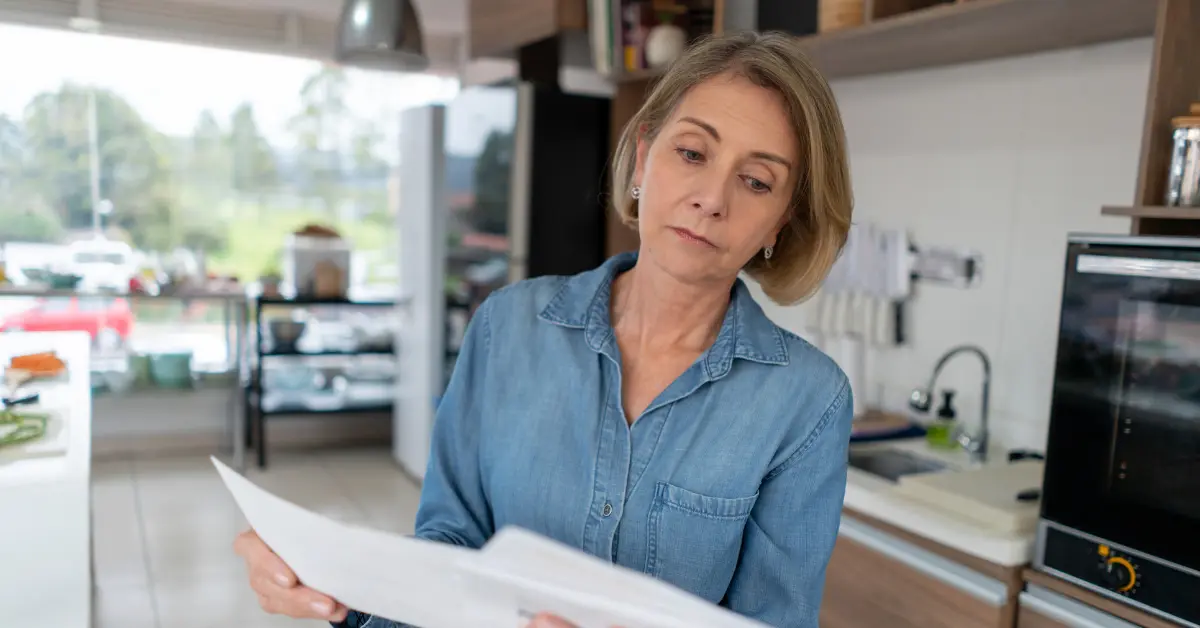
Meg Heffron
Managing Director
Most SMSFs pay tax (or receive a refund) once a year when they lodge their annual return. But some people are charged extra tax in connection with their super that they’re allowed to pay from their SMSF. It’s important to manage this process carefully to avoid landing in hot water.
Have you ever been charged “Division 293 tax”? This is an extra tax high income earners (people earning more than $250,000 pa) pay on any “concessional contributions” made to super for them. Concessional contributions are generally contributions paid by employers but they also include personal contributions where the member claimed a tax deduction for them. Even though it relates to super contributions, Division 293 tax is technically a personal tax. If you’ve ever received one, you’ll have noticed that the bill is addressed to you personally and the default position is that you pay it personally from your own money. But there are special rules allowing Division 293 payments to be made from your super fund if you ask for it to be handled that way.
If you want to pay it from your super fund, and that super fund is an SMSF, it’s important to get the process right.
First – don’t pay it from your SMSF as soon as you get notified you have a bill. If you read the ATO’s letter carefully you’ll see it offers you two options:
- Pay immediately from your own money, or
- Elect to release (ie take) money out of your super fund to pay the bill.
A mistake lots of SMSF members make is to simply pay the bill directly from their super fund at that point. It’s fine to pay this bill from super eventually but timing matters. That’s because people who can’t normally access their super (say they’re too young) can’t take any money out until the ATO actually issues the SMSF trustee with a special document called a “release authority”. And even at that point, the payment to the ATO has to be made via a system known as “SuperStream” where there are particular digital messages your SMSF accountant or administrator needs to send to the ATO at the time you make the payment.
Members of large super funds don’t get this wrong because they don’t control their fund’s bank account. So it’s a natural thing to just let the ATO know the super fund will be paying the bill. The large super fund eventually receives the release authority and pays the bill.
The reason it’s confusing for SMSF members is that they are usually also the SMSF trustee so they control both their own bank account and the SMSF’s. Given that the first letter from the ATO provides all the payment details, it’s natural to just pay it, even if the payment is being made from the SMSF. But you need to wait for the release authority to issue.
The same process applies for excess contributions. Again, the ATO will send details of the contributions to be refunded at the point when the member still has choices. In this case the choices are slightly different : will I refund the contributions or will I pay extra tax? But the concept is the same – if the contributions are to be refunded it’s important to wait for the release authority.
Perhaps the most important thing to do is read the ATO’s letter carefully and only do what it tells you to do. And don’t forget, your Division 293 correspondence goes to you (or your personal tax agent) not your SMSF tax agent. Again, that’s because it’s technically a personal tax that you can elect to pay from your super fund money.
This article is for general information only. It does not constitute financial product advice and has been prepared without taking into account any individual’s personal objectives, situation or needs. It is not intended to be a complete summary of the issues and should not be relied upon without seeking advice specific to your circumstances.




